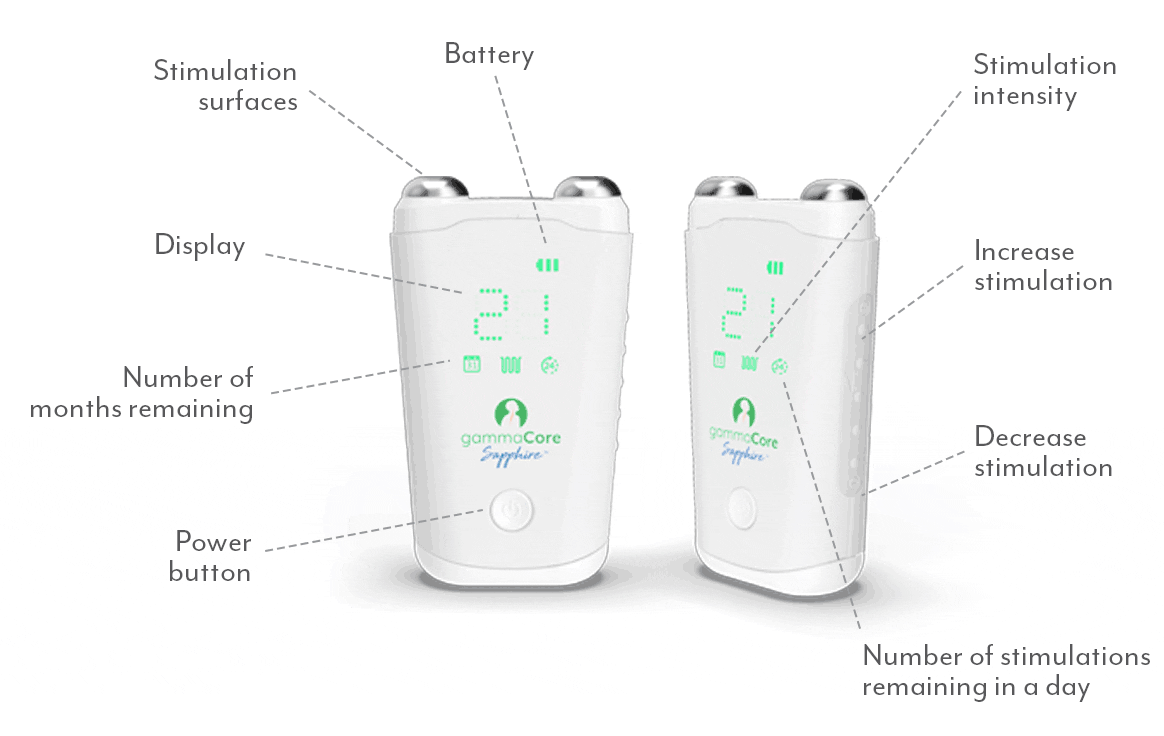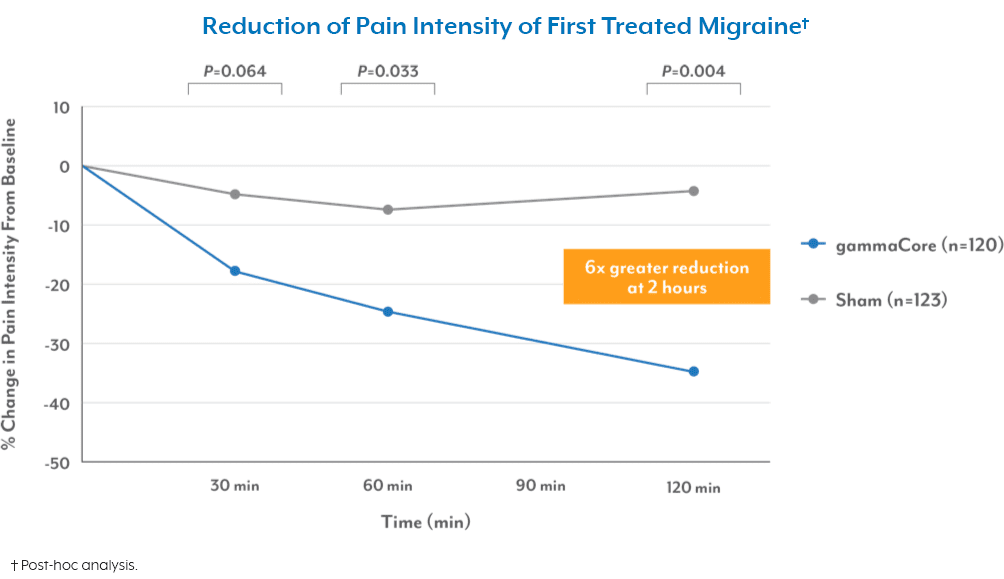 Migraines don’t always strike out of nowhere. For many people, there are subtle warning signs that appear hours or even days before the full-blown attack. Recognizing these early symptoms can help you take action to reduce the severity of your migraine—or potentially prevent it altogether.
Migraines don’t always strike out of nowhere. For many people, there are subtle warning signs that appear hours or even days before the full-blown attack. Recognizing these early symptoms can help you take action to reduce the severity of your migraine—or potentially prevent it altogether.
What Are the Early Signs of a Migraine?
The early stage of a migraine, known as the prodrome phase, can begin up to 48 hours before the headache itself. Some of the most common early signs include:
- Mood Changes
You might feel unusually irritable, anxious, or even euphoric. Some people experience sudden mood swings without an apparent reason.
- Food Cravings
Craving certain foods—especially salty or sugary snacks—can be an early indicator of an oncoming migraine.
- Fatigue or Frequent Yawning
Unexplained tiredness or excessive yawning can signal that a migraine is on its way. This isn’t just regular tiredness—it’s often a deep fatigue that feels out of place.
- Neck Stiffness
Many people experience tension or stiffness in their neck and shoulders before a migraine sets in.
- Sensory Sensitivity
If lights seem too bright, sounds feel too loud, or smells seem stronger than usual, it could be an early sign of a migraine attack.
- Trouble Concentrating
Brain fog, difficulty focusing, or forgetfulness may occur as your brain processes begin to slow before a migraine.
- Digestive Issues
Nausea, bloating, diarrhea or constipation can sometimes precede the headache phase of a migraine.
The Aura Phase: Another Early Warning Sign
Some migraine sufferers experience an aura, or temporary sensory disturbances, before the headache begins. Aura symptoms can include:
- Visual disturbances, such as seeing flickering lights or zigzag lines, blind spots, and blurry or tunnel vision.
- Sensory changes, such as tingling or numbness or tingling in the face, hands, or arms.
- Speech and language issues, such as difficulty finding words, confusion, and slurred or jumbled speech.
Auras typically last between five and 60 minutes[1] and serve as a strong warning that a migraine is imminent. It’s important to note that not everyone who experiences a migraine will experience aura—it affects 25-30% of migraine sufferers.[2]
What to Do When You Notice Early Signs of a Migraine
If you recognize any of these early symptoms, acting quickly can help you reduce the severity of your migraine. Make sure to quickly do the following.
- Hydrate: Dehydration can make migraines worse, so drink plenty of water.
- Manage stress: Practice deep breathing, meditation, or gentle stretching.
- Limit screen time: Reduce exposure to bright lights and screens, which can worsen migraine symptoms.
- Use migraine relief tools: Get your migraine toolkit ready and keep it handy so that you don’t need to go searching for it when the pain gets severe. This would also be a good time to break out your preventative tools, such as the gammaCore™ non-invasive vagus nerve stimulator (nVNS), which is clinically proven to help treat and prevent migraine attacks.
How gammaCore nVNS Can Help
gammaCore is a non-invasive, drug-free device that uses gentle electrical pulses to stimulate the vagus nerve through the skin at the side of your neck. This process works to block the pain signals associated with migraine attacks. Studies have shown that gammaCore is:
- Fast: Users feel pain relief in as little as 30 minutes after treatment.[3]
- Reliable: Almost half of users had little to no migraine pain within 2 hours after first use.[4]
- Long-Lasting: The majority of users who were pain-free at two hours remained pain-free for 24 hours.[5]
Understanding your body’s early migraine warning signs can make a huge difference in managing your condition. By paying attention to symptoms like mood changes, fatigue, and sensory sensitivity, and taking advantage of innovative tools like gammaCore, you can take steps to lessen the impact of a migraine attack.
To see if gammaCore is right for you, visit our clinic finder to locate a health care provider near you, or contact our dedicated Customer Experience team at 888-903-2673 or customerservice@electrocore.com.
References
1. (2018, January 18). The Timeline of a Migraine Attack. American Migraine Foundation. Retrieved March 16, 2025, from https://americanmigrainefoundation.org/resource-library/timeline-migraine-attack/
2. (2023, March 1). Understanding Migraine with Aura. American Migraine Foundation. Retrieved March 16, 2025, from https://americanmigrainefoundation.org/resource-library/understanding-migraine-aura/
3. Tassorelli, C., Grazzi, L., De Tommaso, M., Pierangeli, G., Martelletti, P., Rainero, I., Dorlas, S., Geppetti, P., Ambrosini, A., Sarchielli, P., Liebler, E., & Barbanti, P. (2018d). Noninvasive vagus nerve stimulation as acute therapy for migraine: the randomized PRESTO study. Neurology, 91(4), e364–e373. https://doi.org/10.1212/wnl.0000000000005857
4. Tassorelli, C., Grazzi, L., De Tommaso, M., Pierangeli, G., Martelletti, P., Rainero, I., Dorlas, S., Geppetti, P., Ambrosini, A., Sarchielli, P., Liebler, E., & Barbanti, P. (2018d). Noninvasive vagus nerve stimulation as acute therapy for migraine: the randomized PRESTO study. Neurology, 91(4), e364–e373. https://doi.org/10.1212/wnl.0000000000005857
5. Tassorelli, C., Grazzi, L., De Tommaso, M., Pierangeli, G., Martelletti, P., Rainero, I., Dorlas, S., Geppetti, P., Ambrosini, A., Sarchielli, P., Liebler, E., & Barbanti, P. (2018d). Noninvasive vagus nerve stimulation as acute therapy for migraine: the randomized PRESTO study. Neurology, 91(4), e364–e373. https://doi.org/10.1212/wnl.0000000000005857



